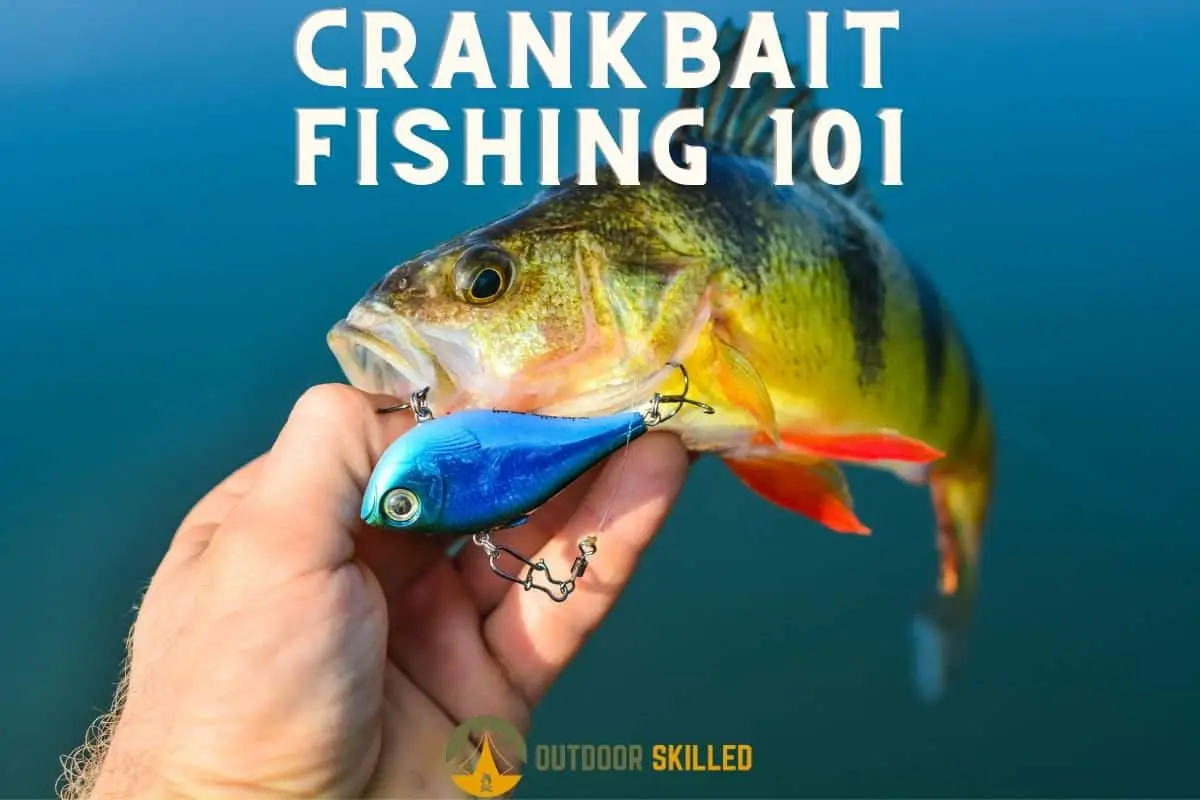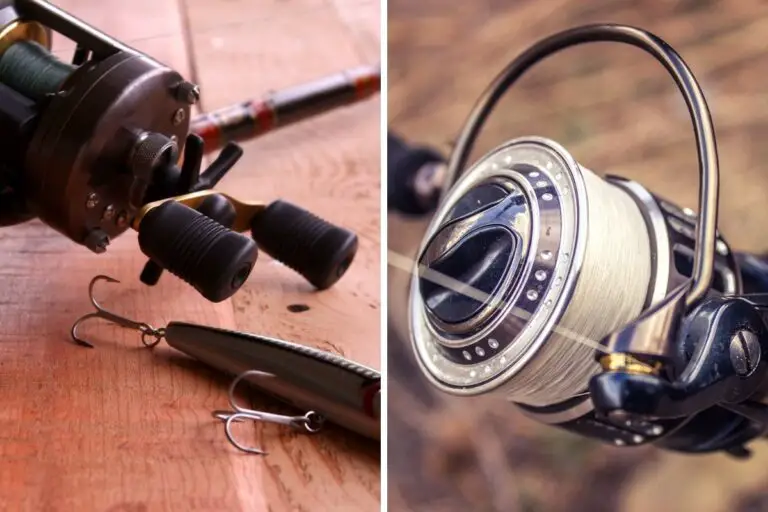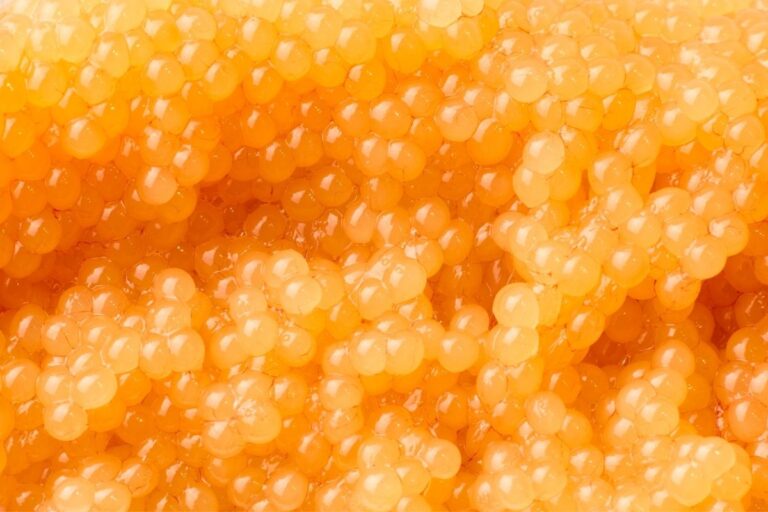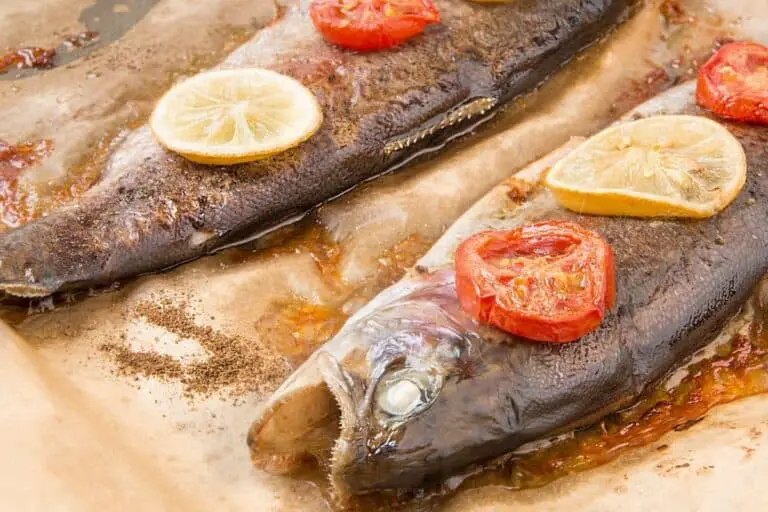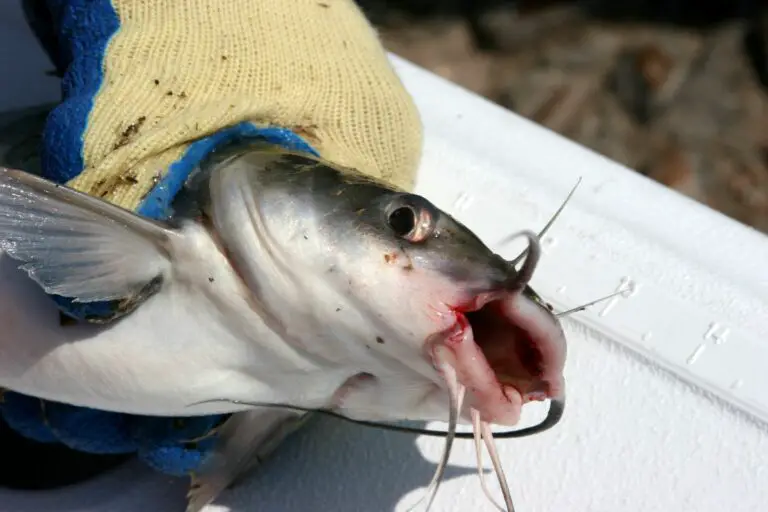Crankbait Fishing 101: Top Tips For Catching Musky
You probably wonder why it is so hard to catch a musky, and why it doesn’t bite any bait, although it eats whatever food that passes nearby. Also, why do fishers spend so much money on lures especially made for muskies? What is so special about that grumpy fish?
Let me introduce you to that aquatic tiger and see how you can get it using simple crankbait fishing (and how to actually do it right). Let’s get into it…
Table of Contents
1. Meet the Musky

Musky is short for North American Muskellunge. It is the largest member of the pike’s family. A musky weighs up to 22 kilograms and lives in freshwater.
Muskies are heartless predators and eat whatever comes close to them. They adopt the tiger’s attacking mechanism in catching food. They approach their prey slowly and suddenly strangle them.
2. Know Where to Find a Musky

It makes a lot of sense to find muskies dominating in North America, as it’s their homeland. There are precious spots for musky fishing there that will drive you insane.
- Mille Lacs Lake in Minnesota: The number of muskies there dropped over the years because it was a famous spot for all musky fishers, but it still possesses the giant muskies of North America. The best season for musky fishing in that lake is the summer, especially in July. The temperature is around the mid-60s, which is the perfect degree for muskies to come out of their hiding spots and start eating. If you have the right bait at the right time, you just got yourself a trophy musky.
- Green Bay in Wisconsin: It is the leading home for muskies. The lake is full of food that muskies like, which allow them to grow into these monstrous trophy-sized fish. Green Bay is an open water site, so it’s hard to locate muskies. Now, it’s time for your good fisherman instinct to jump in. In the summer, weeds turn green, which is a significant sign to locate muskies because muskies hide around these weeds. But that’s nothing a crankbait can’t fix.
- Cave Run Lake in Kentucky: If you are in the fall, you are most likely going to catch the best muskies out there. Because in that season, the lake is swamped with small fish. These little fish are the natural bait for muskies. So whenever you spot a family of crawfish, know that there is a musky behind the scene waiting for the right moment to step in and have lunch. That means that muskies are close to the water’s surface. That’s your green light to throw your bait.
By the way, make sure to check out my favorite 10 spots for ice fishing in the US here as I really think ice fishing in at least one of these spots is an experience that everyone should have at least once in their lifetime.
3. How and When Crankbait is Efficient for Musky-Fishing
A musky eats everything, but you still need to choose a good lure to catch that grumpy fish.
Muskies have sharp visual senses, which give them the privilege of tracking their food. As a fisher, you need to keep that info at the back of your head and choose your bait accordingly. The bait has to look natural to intrigue the fish to go after it, and that’s why crankbait is the best artificial one for the job.
It qualifies for all the previously mentioned requirements but you still have to go through the hustle of choosing a particular type of crankbait.
1. Crankbait Lips

Some lips are made of plastic; others are made of stainless steel. They are called lips because they look like an extension, that intrudes from the frontal part of a crankbait.
If the lip is small in size, it may float on the water’s surface or a little bit under the surface. Massive lips will allow the bait to sink into deeper levels. You should choose the size according to the position of your musky. Now you should be aware that a musky’s location changes according to the weather conditions.
If the lip is placed horizontally, it’s more likely to go to deeper lengths. But, if it’s vertically positioned, it will stay closer to shallow waters.
2. Lightness
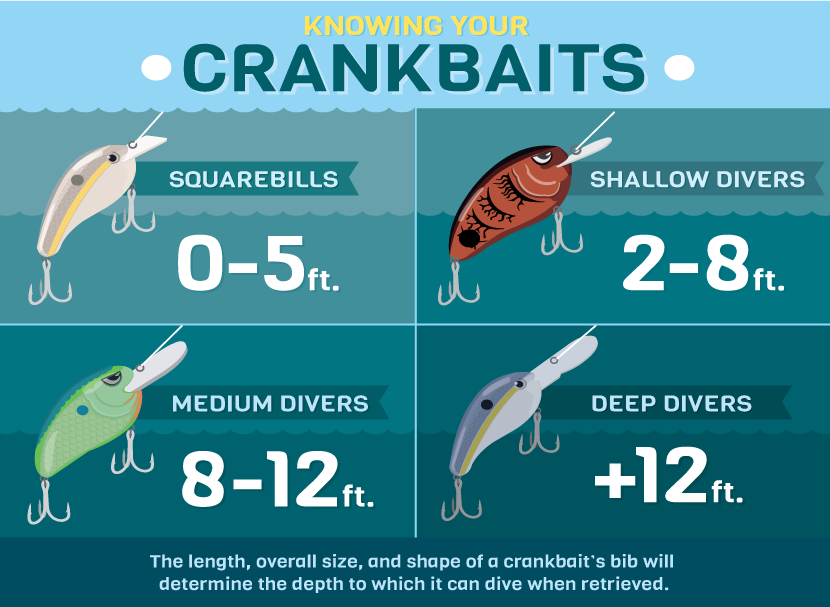
Source: Fix.com Blog
It changes from one bait to another depending on the material from which it is made. Some crankbaits float on the surface of the water because of their lightness. Others may sink to more profound levels to reach the hiding muskies.
Neutral crankbaits stay where you throw them. If you have done a strong cast, the bait will go into deep lengths, but if you made a weak cast, the lure would stay closer to the surface.
If the bait is made from wood, most certainly, it will float. However, if it was made from steel, it will have more liability to sink.
3. Body of the Crankbait
Muskies are affected by the water’s temperature, which reflects on their metabolism rate.
If the water’s temperature is below 60 or above 70 degrees, they are a bit sluggish and calm. That means that you need a bait that is still and doesn’t cause any disturbing moves, which may interrupt the muskies’ peace of mind. In that case, you need to use straight-bodied crankbaits, which don’t vibrate much.
If the temperature is around the mid-60s, we call that “the fighting season.” Muskies are alive and kicking. Their metabolism hits the roof, and they become hungry, fierce, and even harder to fight. They need a matching crankbait to kill that energetic metabolism.
An excellent choice, in that case, would be the jointed-bodied baits which wobble hard under the water’s surface and attract the muskies to come closer.
You can add a tail to give more buoyancy and stronger wobbling action to the bait. Also, the tail allows the lure to dive into greater lengths.
4. Size of the Bait
During the low metabolism seasons for muskies. They go for small prey. To simulate reality, you need to use small-sized crankbaits to make muskies buy the illusion.
When the temperature gets higher, the muskies become more active. Start using larger baits to suit their fast motion and grab their attention.
5. Bait’s Color
Because of their keen vision, it would be better if you use baits with natural colors, similar to real fish colors. That can trick muskies into catching that lure.
4. Talk to Experts
You can’t only rely on your knowledge alone when choosing a lure. Always turn to experts to solidify your background. Most musky fishers recommend using crankbait because it has a wide variety of options with the perk of being cheap.
These are two examples of the most commonly used crankbaits in musky fishing.
1. Lixada Fishing Lure 5-12” Multi-Jointed Lure
The best selling crankbait on Amazon. That can be because of its surprisingly low price, which can narrow down to 20 dollars.
We mentioned that believing the illusion is a severe aspect of catching a musky. Lixada has a 3D realistic look that could trick a human from a distance.
“Perfection is overrated.” The lure is good enough to catch muskies, northern pikes, and walleyes. But Owing to its slow action, people said that they missed many valuable catches.
2. Jointed Believer
They cost a fortune, but that didn’t stop people from ripping it out of the markets. It overcame the slow motion of the Lixada. You can find it jointed for active musky seasons, and unjointed for laggy seasons.
“Quality over quantity.” A motto that some fishers adopt to have overwhelming fishing experience.
Final Thoughts
You need different baits to catch different fish, and even different baits to capture the same fish in different seasons. Crankbait serves the purpose if you want to catch muskies under the circumstances we’ve mentioned earlier, so make sure you match the type to the time and place at which you’re fishing and you’ll be able to get game fish.

